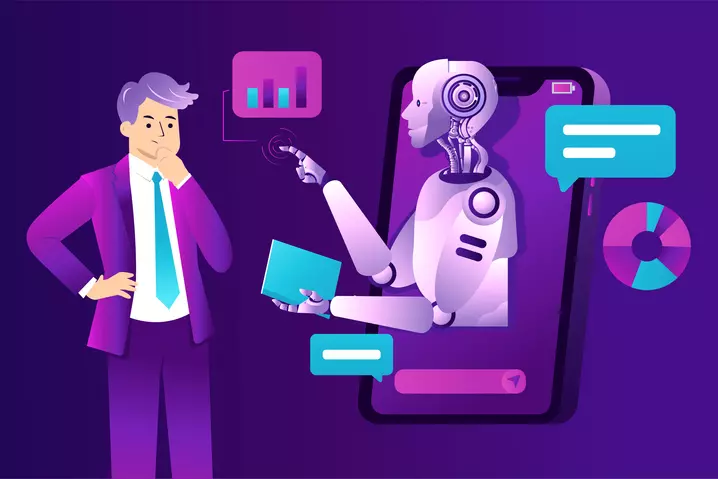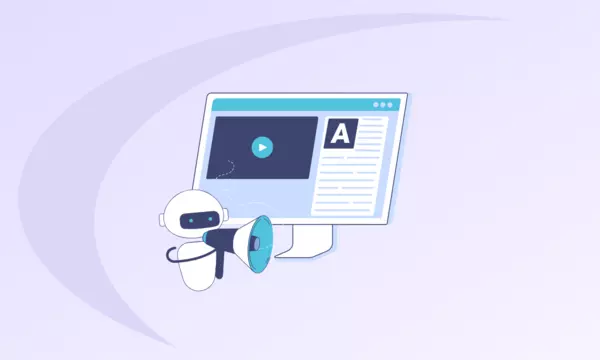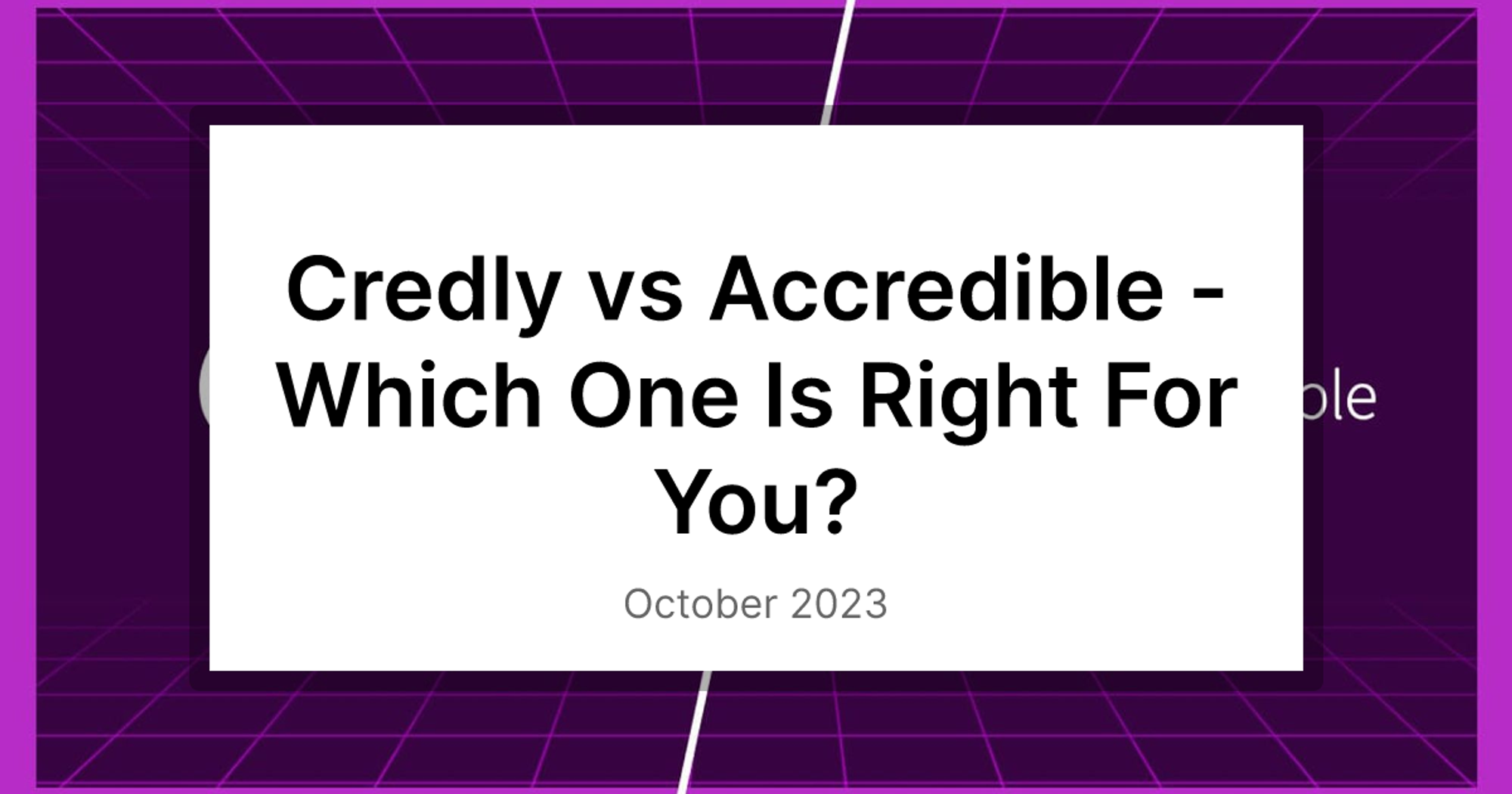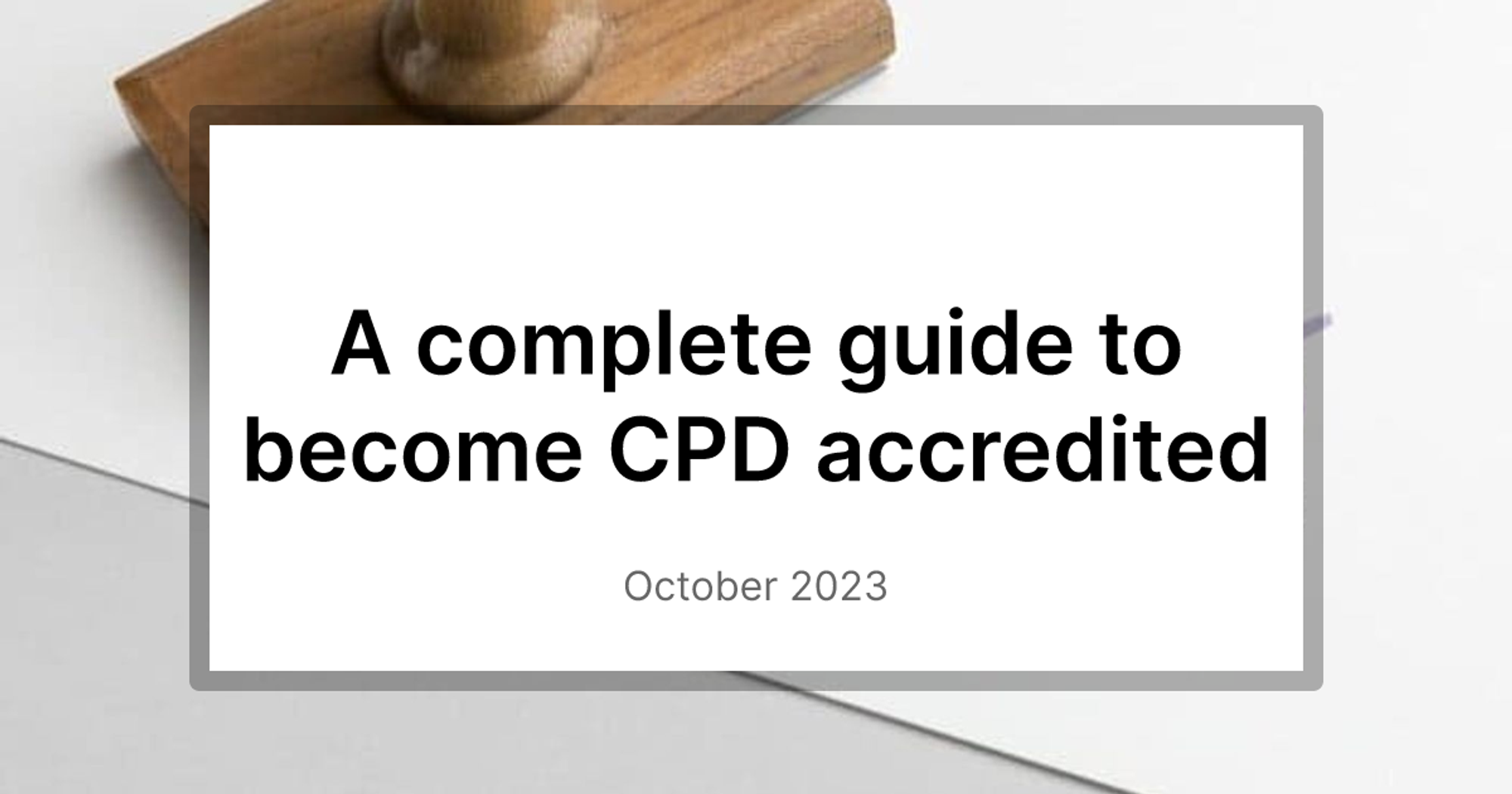AI in Course Creation
AI is changing the way we learn, teach, and design courses. It can help us create personalized, engaging, and adaptive learning experiences that suit each learner's needs, preferences, and goals. It can also help us measure, analyze, and improve learning outcomes using data and feedback. This article will explore how AI transforms learning and how you can use AI tools to create your AI-powered courses.

Why use AI for learning?
AI stands for artificial intelligence, which is the ability of machines to perform tasks that normally require human intelligence, such as understanding natural language, recognizing images, solving problems, and making decisions. AI can enhance learning in various ways, such as:
- Personalizing learning pathways: AI can match student profiles to content, pace, and difficulty. Students can focus on the most important and difficult topics and learn at their speed.
- Increasing engagement: Using gamification, chatbots, and other immersive technologies, AI can make learning more interesting. These encourage participation, exploration, and collaboration.
- Feedback and support: AI can instantly and adaptively offer learners feedback on their actions. It also provides tips and suggestions to help students learn and grow.
- Improving assessment and evaluation: AI can grade quizzes, assignments, and exams. It may also create adaptive evaluations and diagnose the learner's strengths and weaknesses.
- Enhancing analytics: AI can improve analytics and insights. It reveals learners' behavior, performance, and outcomes. This can help students track their progress and assist instructors in improving.
Curating course content with AI

Content curation is the process of finding and selecting relevant and reliable sources of information for your course content. AI can help you with these challenges by providing you with tools and techniques that can assist you with:
- Content discovery: AI can help you find relevant and reliable course content sources. For instance, For example,
- You can use an AI search engine like Bing or Google that uses NLP and ML to understand your queries and provide relevant results.
- You can use an AI content aggregator like Feedly or Flipboard that uses NLP and ML to curate content based on your interests using NLP and ML.
- You can use an AI content recommender like Pocket or Instapaper that uses NLP and ML to recommend content that matches your preferences, interests, and reading habits.
- Content analysis: AI can help you analyze and evaluate the quality, reliability, and validity of the content and the sources. For example,
- You can use an AI fact-checker like Snopes or FactCheck.org that uses NLP and ML to verify the content's accuracy, credibility, and bias.
- You can use an AI sentiment analyzer like MonkeyLearn or MeaningCloud that uses NLP and ML to detect the content's tone, emotion, and opinion.
- You can use an AI readability checker like Hemingway Editor or Readable that uses NLP and ML to measure the content's readability, clarity, and simplicity.
- Content synthesis: AI can help you synthesize and summarize the main points from a long text or document. For example,
- You can use an AI content summarizer like SMMRY or SummarizeBot that uses NLP and ML to extract the main points from a long text or document.
- You can use an AI content generator like Quillbot or Paraphrase Online that uses NLP and ML to rewrite or paraphrase a text differently.
- Content generation: AI can help you generate new content, questions, and activities for your course based on the data collected from your learners. For example,
- You can use an AI content generator like Jarvis or Copy.ai to write high-quality content for various purposes, formats, and domains.
- You can use an AI question generator like Quizbot or Quillionz to create quiz questions from any text or document.
- You can use an AI activity generator like Classkick or Nearpod to create engaging activities for your learners, such as polls, surveys, puzzles, simulations, etc.
- Content adaptivity: AI can help you create courses that adapt to each learner’s needs, preferences, interests, and goals by adjusting the content, pace, difficulty, feedback, etc. For example,
- You can use an AI voice generator like Lovo or Speechelo to convert text into natural-sounding speech.
- You can use an AI animation generator like Lumen5 or Powtoon to create animated videos from any text or document.
- You can use an AI translation generator like DeepL or Google Translate to translate any text or document into different languages.
Creating Content with AI

Content creation is generating new content, questions, and activities for your course based on the data collected from your learners. AI can help you with these tasks by providing you with tools and techniques that can assist you with:
Delivering Content with AI

Content delivery is the process of presenting the course content to the learners in a way that suits their needs, preferences, interests, and goals.
AI can help you with this process by providing you with tools and techniques that can assist you with:
- Content personalization: AI can help you personalize the content for each learner based on their profile, preferences, interests, and goals. For example,
- You can use an AI learner profile like Knewton or CogBooks to collect and analyze data from the learners’ interactions, feedback, and results.
- You can use an AI content recommender like Netflix or Amazon to recommend content matching learners’ preferences, interests, and goals.
- Content interactivity: AI can help you make the content more interactive and engaging by adding features such as gamification, chatbots, virtual reality, etc. For example,
- You can use an AI gamification like Classcraft or Quizlet to add game elements, such as points, badges, levels, leaderboards, etc., to the content.
- You can use an AI chatbot like Replika or Woebot to create conversational agents that can interact with the learners through text or voice.
- Content adaptivity: AI can help you create courses that adapt to each learner’s needs, preferences, interests, and goals by adjusting the content, pace, difficulty, feedback, etc. For example,
- You can use an AI adaptive learning system like ALEKS or Smart Sparrow to orchestrate the interaction with the learner and deliver customized resources and learning activities to address the unique needs of each learner
- You can use an AI intelligent tutor like Carnegie Learning or Knewton Alta to provide personalized instruction, guidance, support, and feedback to the learner based on their progress and performance
Evaluating Content with AI

Content evaluation measures and judges the learners’ knowledge, skills, and competencies based on the course content and objectives. AI can help you with these tasks by providing you with tools and techniques that can assist you with:
- Content grading: AI can help you accurately, consistently, and objectively grade the assessments based on the rubrics and standards. For example,
- You can use an AI essay grader like Gradescope or WriteLab to grade essays based on the rubrics and standards.
- You can use an AI speech grader like ETS SpeechRater or LTI SpeechAce to grade speech based on the rubrics and standards.
- You can use an AI code grader like CodeSignal or HackerRank to grade code based on the rubrics and standards.
- Content feedback: AI can help you provide timely, specific, and constructive feedback to the learners based on their assessment results. For example,
- You can use an AI feedback generator like FeedbackFruits or Peergrade to generate feedback for the learners based on their assessment results.
- You can use an AI feedback analyzer like Kialo Edu or PeerScholar to analyze the learners' feedback.
- Content improvement: AI can help you analyze and interpret the assessment data and feedback to identify the areas of improvement for your course. For example,
- You can use an AI data dashboard like Tableau or Power BI to visualize and explore the assessment data and feedback.
- You can use an AI data miner like RapidMiner or Orange to discover patterns, trends, correlations, outliers, etc., from the assessment data and feedback.
- From the assessment data and feedback, you can use an AI data predictor like TensorFlow or PyTorch to predict future outcomes, behaviors, preferences, etc.
- Data collection: AI can help collect valid, reliable, and relevant data from your course and learners using various methods and tools. For example,
- You can use an AI data collector like Google Forms or SurveyMonkey to create surveys and quizzes to collect data from your learners.
- You can use an AI data extractor like Import.io or ParseHub to extract data from various sources such as websites, documents, images, etc.
- Data interpretation: AI can help you interpret the data using various frameworks and tools to generate insights, recommendations, and actions. For example,
- You can use an AI data framework like Kirkpatrick’s Four Levels of Evaluation or Bloom’s Taxonomy to provide a structure for interpreting the data based on different levels or dimensions of learning evaluation.
- You can use an AI data insight generator like AnswerRocket or Sisense to generate insights from the data based on natural language queries.
- Data implementation: AI can help you implement insights, recommendations, and actions using various strategies and tools to improve your course. For example,
- You can use an AI course improvement strategy like Agile5 or Lean to provide a methodology for implementing the insights, recommendations, and actions iteratively and incrementally.
- You can use an AI course improvement tool like Coursera or Udemy to provide a platform for creating, delivering, and improving your course online.
- AI may not be able to capture the human aspects of teaching and learning. AI systems may not be able to understand the context of the content they create. They may also not be able to provide personalized feedback to the learners based on their needs and goals.
- AI may be costly to implement and maintain. AI systems require a lot of data, computing power, and technical expertise to function properly. They may also need constant updates and improvements to keep up with the changing needs and expectations of the learners and the course creators.
- AI may pose ethical and social challenges, such as privacy, security, bias, and accountability. AI systems collect and analyze a lot of data from the course and the learners, which may raise concerns about how the data is used, stored, and shared.
Improving Content with AI

Content improvement is collecting and analyzing data from your course and learners and using the insights to improve your course design and delivery.
Certopus
If you are looking for a tool to help you design beautiful digital badges and certificates based on your course theme using AI, you might want to check out Certopus. Certopus is an online platform that allows you to create, customize, and issue digital badges and certificates for your learners. You can choose from various templates, colors, fonts, icons, and images that match your course theme.
Instead of using generic certificate templates, you can use built-in AI to optimize it to match your course theme. Certopus is easy to use, secure, and affordable.
Frequently Asked Questions (FAQ)
What are some of the Limitations of using AI for Course Creators?
Some of the Limitations of using AI for course creators are:
What is Natural Language Processing (NLP), and how can it enhance courses?
NLP is a subfield of AI that focuses on the interaction between computers and human language. It can be used to create chatbots, virtual tutors, and language translation tools to improve communication and learning in courses.
What should course creators consider when implementing AI?
Course creators should consider data privacy, ethics, and the need for ongoing training and support for both instructors and students when implementing AI in courses.
Need for Information?
Schedule a demo to learn more about Certopus for your business use case, or if you have any questions, please get in touch with us. We would be delighted to assist you. Finally, if you're on social media, follow us to remain informed about our latest developments and learn more about digital credentials like certificates, badges, and micro-credentials.
Recommended articles
.jpg?table=block&id=8fd67e88-9424-4f47-b95f-3bf60afc8998&cache=v2)


